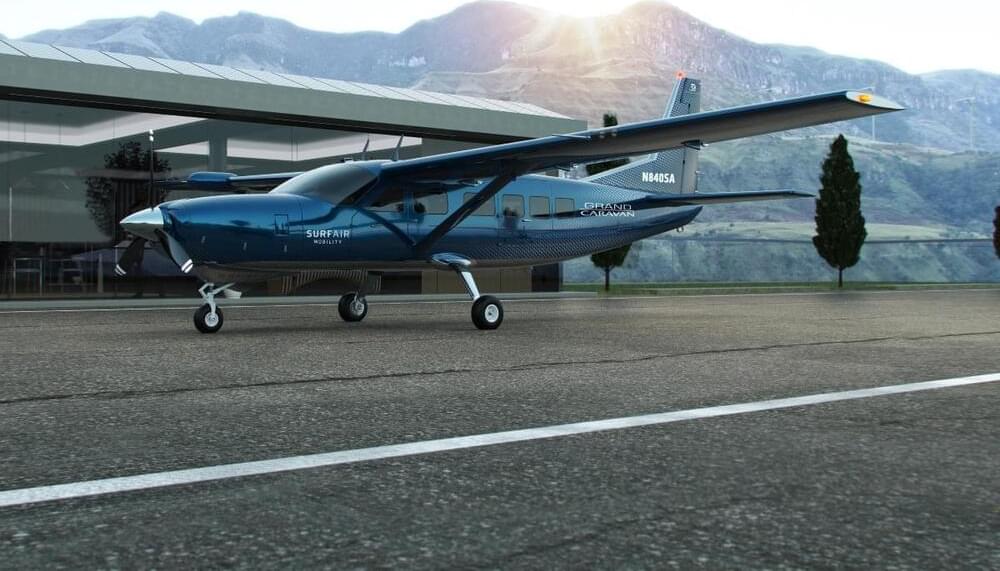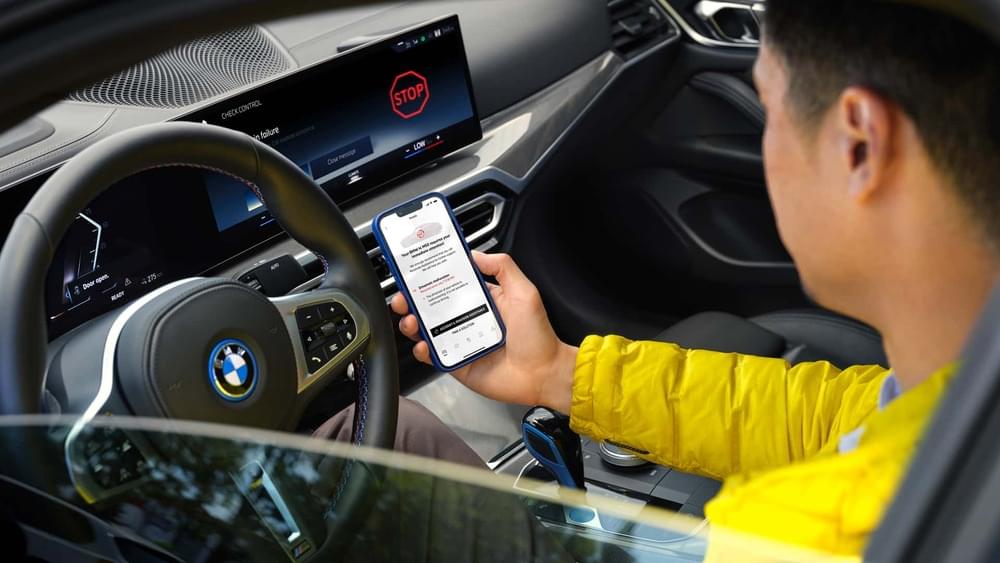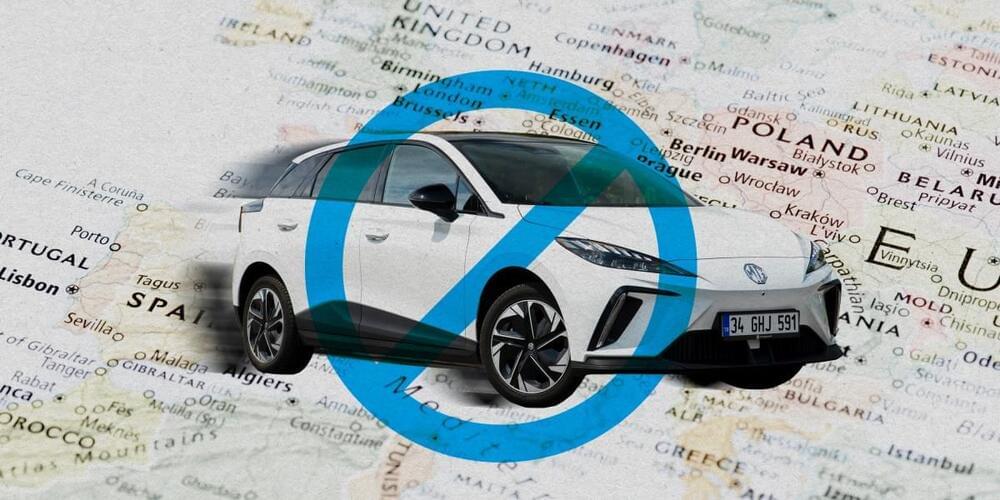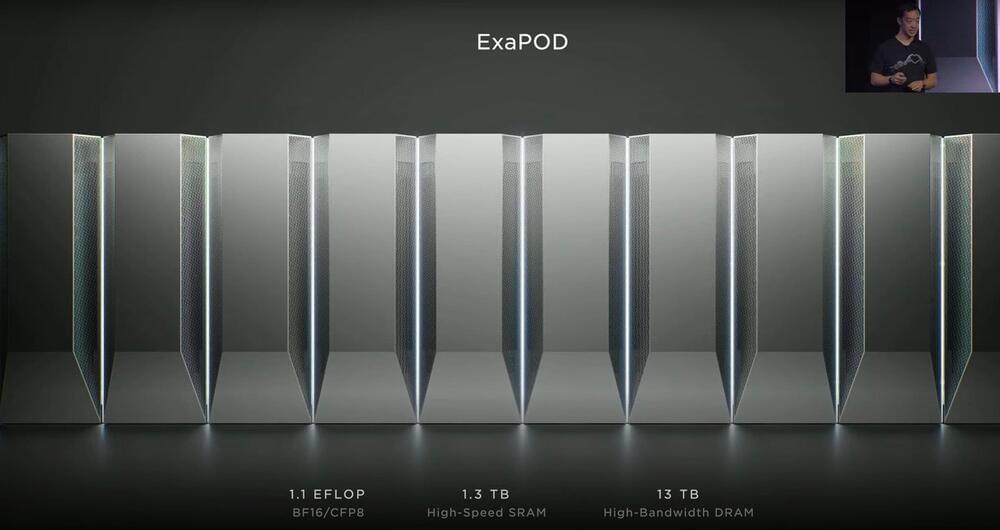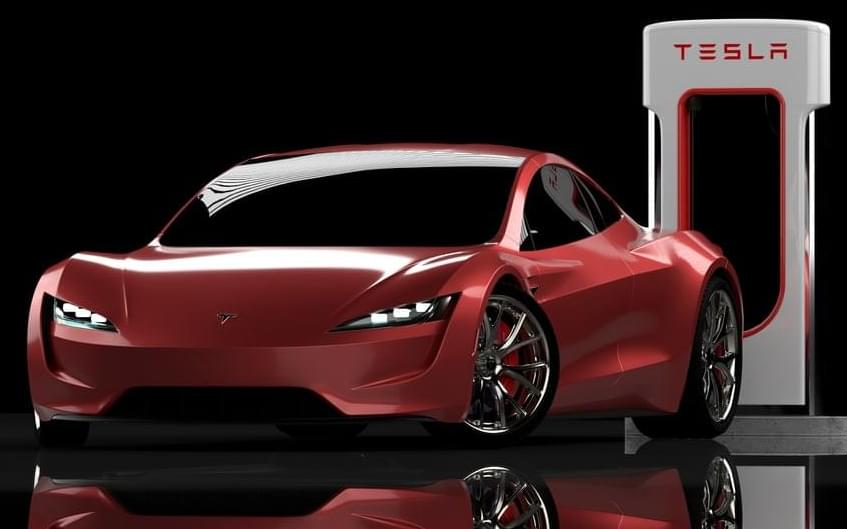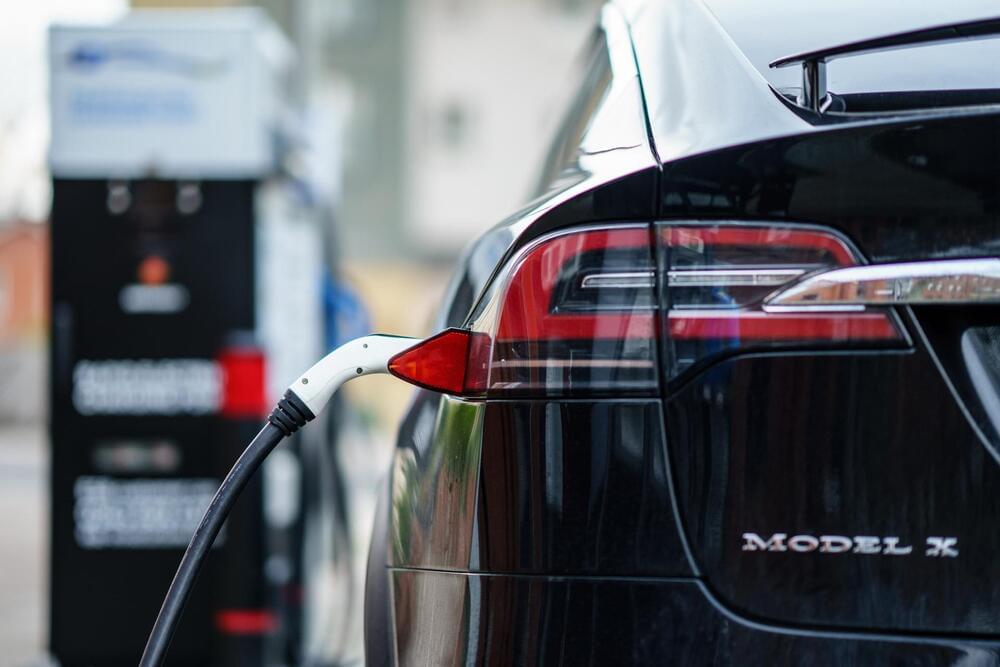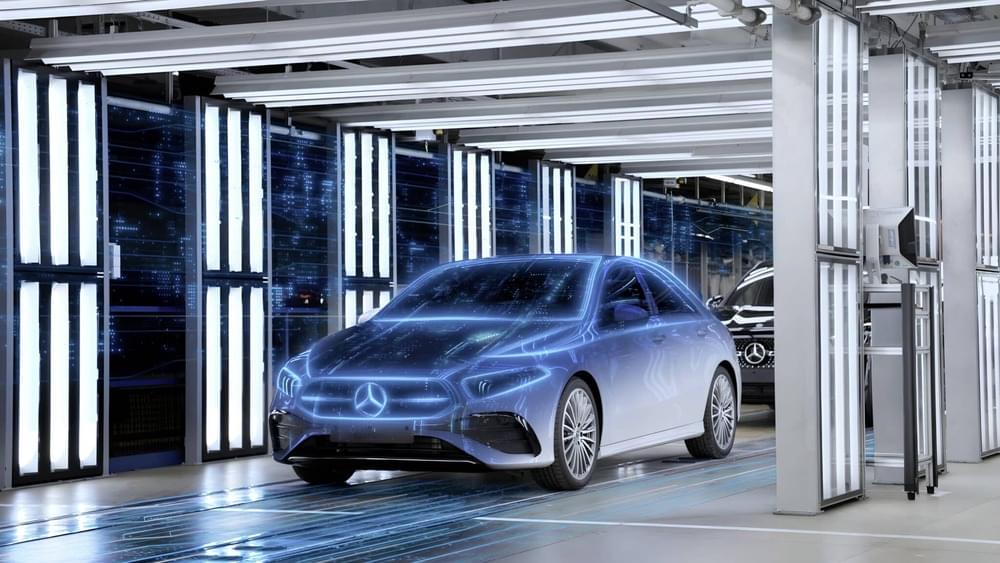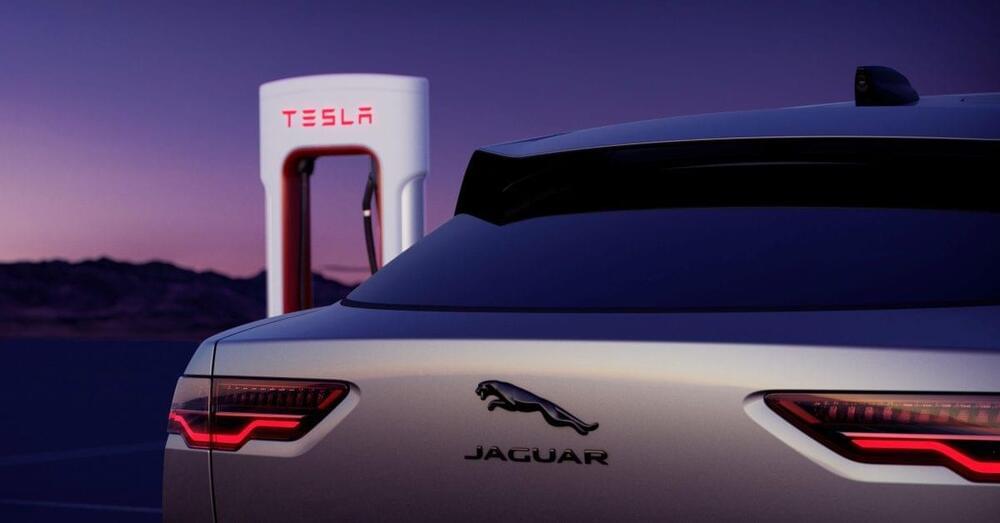Surf Air Mobility Inc., a Southern California aerospace company devoted to developing regional air travel through the power of electrification, has placed an order for 20 Cessna Grand Caravan EX aircraft.
The Cessna Grand Caravan EX is designed and manufactured by Textron Aviation, a Textron Inc. (NYSE: TXT) company.
According to Textron, Surf Air Mobility has paid the deposit for the first of 100 aircraft with the option for an additional 50. The deliveries of the aircraft are expected to begin in the first half of 2024.
